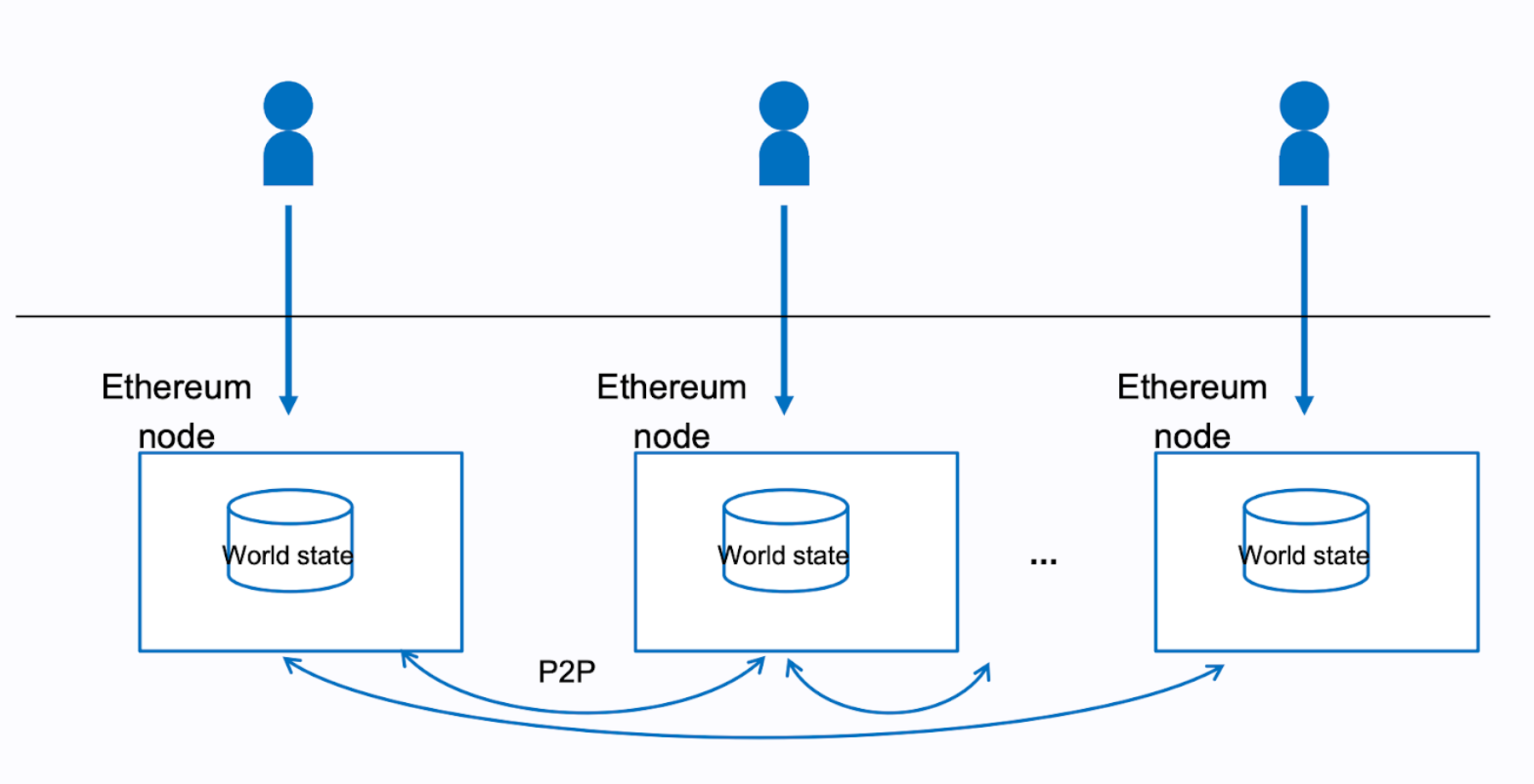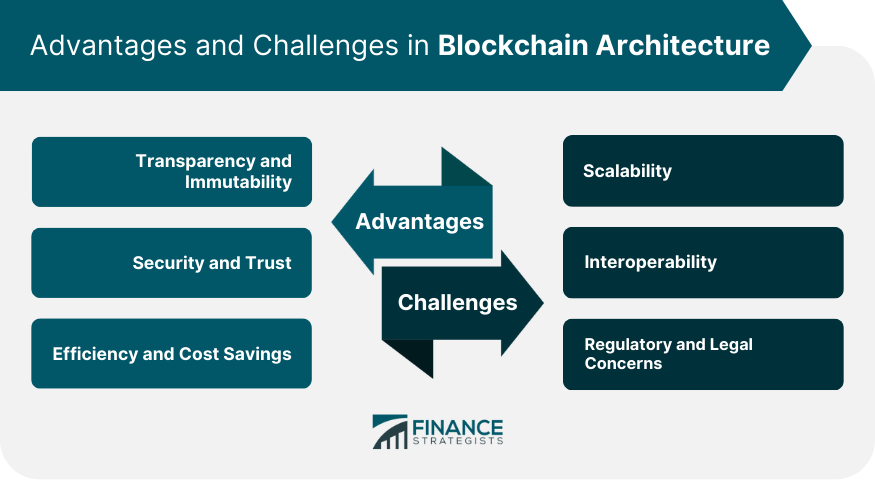Ethereum and link encryption set the stage for this enthralling narrative, offering readers a glimpse into a story that is rich in detail. Ethereum, a prominent player in the cryptocurrency realm, not only enables decentralized applications through smart contracts but also faces the ongoing challenge of securing data during transmission. Link encryption plays a vital role in enhancing this security, making it essential to understand how these two concepts intersect and fortify the blockchain ecosystem.
As we dive deeper, we will explore the foundational elements of Ethereum, the nuances of link encryption, and how their synergy can create a more secure space for digital transactions. The evolution of these technologies provides a fascinating backdrop for discussing their implications on the future of finance and data integrity.
Introduction to Ethereum
Ethereum is a decentralized, open-source blockchain system that features smart contract functionality. Launched in 2015 by Vitalik Buterin and his team, Ethereum has radically changed the landscape of cryptocurrency by enabling developers to build decentralized applications (dApps) on its platform. The significance of Ethereum lies in its ability to provide a versatile environment for creating applications that operate without the need for intermediaries, thus promoting transparency and trust in various sectors beyond just finance.At the heart of Ethereum’s innovation is the concept of smart contracts.
Smart contracts are self-executing agreements with the terms directly written into code, allowing automated transactions to occur when predetermined conditions are met. This functionality has paved the way for the development of a myriad of decentralized applications, transforming industries such as finance, supply chain, and gaming. Over the years, Ethereum has evolved significantly, introducing upgrades such as Ethereum 2.0, which aims to improve scalability, security, and sustainability within the blockchain ecosystem.
Overview of Link Encryption

Link encryption is a method of securing data during transmission across networks by encrypting the data at each hop between devices. This technique is particularly relevant in today’s digital landscape, where safeguarding sensitive information is crucial for maintaining privacy and security. Unlike end-to-end encryption, which encrypts data from the sender to the receiver and keeps it secure throughout its journey, link encryption decrypts the data at each node before passing it on, making it less secure overall but often faster in terms of processing.The role of encryption in securing blockchain networks, particularly in Ethereum, cannot be overstated.
As transactions are conducted on the Ethereum blockchain, the integration of encryption technologies helps to protect user data and transaction details from potential threats. This is essential for maintaining the integrity and trustworthiness of the network, especially as Ethereum continues to gain traction in various applications.
The Intersection of Ethereum and Link Encryption
Link encryption can significantly enhance the security of Ethereum transactions. By employing encryption mechanisms during data transmission, it mitigates the risks associated with data breaches and unauthorized access. As Ethereum transactions involve sensitive information, the implementation of link encryption serves as a protective layer that fortifies the security of these exchanges.However, Ethereum does face potential vulnerabilities related to data transmission.
For instance, if the data transmitted between nodes is intercepted during the process, it can lead to unauthorized access or manipulation. To counter these threats, various encryption methods can be deployed, including Transport Layer Security (TLS) and Secure Sockets Layer (SSL), which create secure channels for information to travel.Integrating link encryption into Ethereum-based applications offers numerous benefits, such as:
- Increased security for transaction data.
- Protection against man-in-the-middle attacks.
- Enhanced user trust through improved data privacy.
Methods of Implementing Link Encryption in Ethereum

Integrating link encryption within Ethereum smart contracts involves several procedures that developers need to carefully consider. The first step typically includes choosing an appropriate encryption algorithm that aligns with the application’s security requirements. Developers can utilize libraries such as OpenSSL or other encryption tools that simplify the implementation process in smart contracts.Various tools and technologies are available for developers to implement encryption solutions in Ethereum.
These include:
- OpenSSL for encryption and decryption processes.
- Web3.js for interacting with Ethereum nodes.
- Infura for decentralized access to Ethereum.
When it comes to comparing encryption algorithms, several options are suitable for securing Ethereum communications. Popular choices include:
| Algorithm | Strength | Use Cases |
|---|---|---|
| AES (Advanced Encryption Standard) | High | Data at rest and in transit |
| RSA (Rivest-Shamir-Adleman) | Moderate | Secure key exchange |
| ChaCha20 | High | Mobile applications |
Use Cases of Link Encryption in Ethereum Applications
Many Ethereum applications utilize link encryption to enhance security and protect user data. For example, decentralized finance (DeFi) platforms often implement encryption protocols to safeguard financial transactions. A notable case study involves a DeFi lending platform that successfully integrated link encryption, resulting in a significant decrease in unauthorized access incidents.Innovative applications of link encryption in decentralized finance using Ethereum extend beyond traditional financial transactions.
For instance, non-fungible tokens (NFTs) can also benefit from enhanced security measures. By employing encryption, NFT platforms can protect the ownership data of digital assets, ensuring that sensitive information remains confidential while transactions occur transparently on the blockchain.
Future Trends in Ethereum and Link Encryption
The future of link encryption technologies is poised to influence Ethereum development significantly. Potential advancements may include the adoption of quantum-resistant encryption methods, which could provide additional layers of security against emerging threats. As the demand for privacy and data protection continues to grow, Ethereum developers may need to adapt their strategies accordingly.Challenges regarding data security and link encryption are expected to arise as Ethereum scales.
Issues such as network congestion and the risk of transaction interception highlight the need for robust encryption practices. Future possibilities may involve integrating advanced encryption methods, such as homomorphic encryption, which allows computations to be performed on encrypted data without decrypting it, thereby enhancing privacy.Continued research and development in encryption technologies will be crucial for maintaining the security and integrity of the Ethereum ecosystem as it evolves and expands into new territories.
Closing Summary

In conclusion, the intersection of Ethereum and link encryption presents exciting opportunities and challenges for the blockchain ecosystem. By integrating robust encryption methods, developers can safeguard transactions and user data while fostering innovation in decentralized finance. As we advance, the collaboration between these technologies will undoubtedly play a pivotal role in shaping a more secure digital landscape.
FAQ Explained
What is Ethereum?
Ethereum is a decentralized platform that enables developers to build and deploy smart contracts and decentralized applications (dApps).
What is link encryption?
Link encryption is a method of securing data transmitted over a network by encrypting the communication link, protecting the data during transmission.
How does link encryption differ from end-to-end encryption?
Link encryption secures data while it travels across the network, whereas end-to-end encryption ensures that only the communicating users can read the messages.
Why is encryption important for Ethereum?
Encryption is crucial for Ethereum as it helps protect sensitive data during transactions and enhances the overall security of the blockchain network.
What are common encryption algorithms used in Ethereum?
Common encryption algorithms in Ethereum include AES (Advanced Encryption Standard) and RSA (Rivest-Shamir-Adleman).




